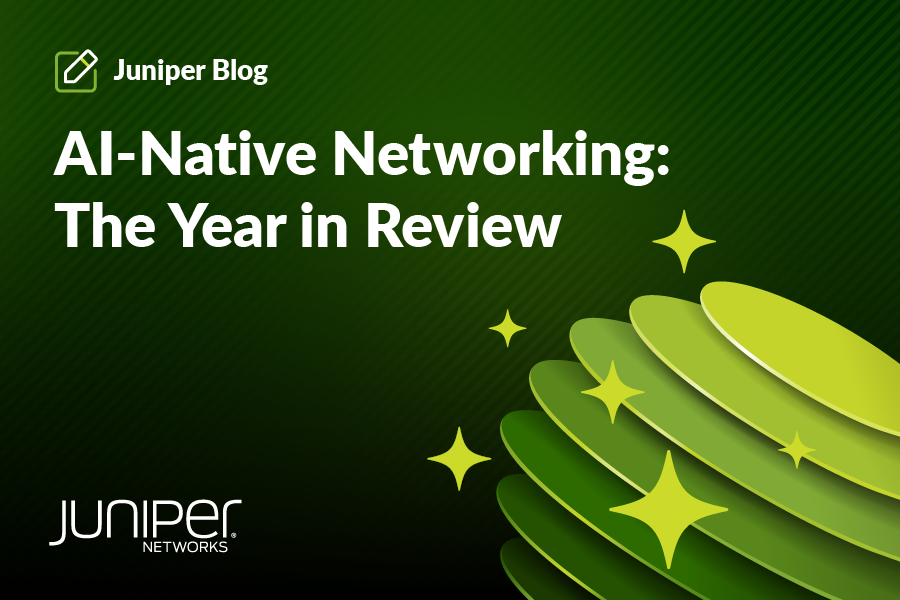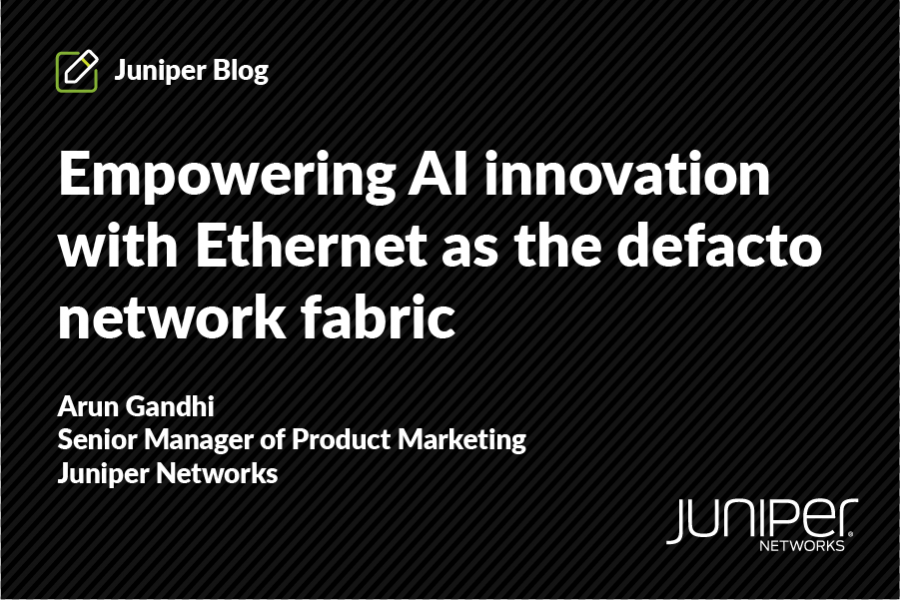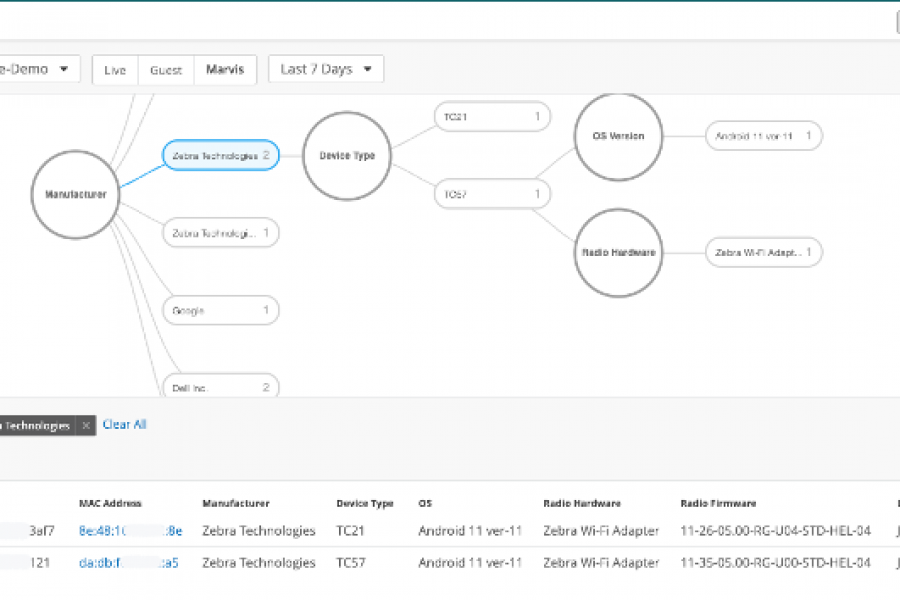Put simply, AI washing refers to the practice where a company or organization exaggerates or falsely claims the use of artificial intelligence (AI) in their products, services, or operations to make them appear more innovative or technologically advanced than they actually are. This can be done for various reasons, including attracting investment, boosting stock prices, increasing product appeal, or gaining a competitive edge.
AI washing can mislead customers, investors, and the market by suggesting that a product or solution leverages AI capabilities, such as machine learning (ML) or deep learning, when in fact it may only use simple algorithms, or perhaps none. It’s an issue of transparency and truthfulness, raising concerns about the ethical representation of technology in business practices.
Why is this happening now? As they say, “Follow the money.” Even perceived involvement in AI is spurring new investments, new business, and higher company valuations. The allure of AI-related investments and higher valuations is prompting companies to hastily rebrand their technologies, contributing to the proliferation of misleading claims in the market.
The fight against AI washing
Fortunately, AI washing isn’t happening in a vacuum. The Chair of the Securities and Exchange Commission (SEC), Gary Gensler, has warned companies against AI washing and making false claims, hinting that they may even start blocking funds if claiming their portfolios include AI assets when they do not. Not to be outdone, the Federal Trade Commission (FTC) has also been paying attention to false AI claims and has said they will investigate as needed.
Despite those warnings, the networking industry continues to see AI washing sprout at a frenetic pace. Vendors are marketing their solutions as “AI-ready,” “AI-powered,” and “AI-driven,” but most offerings fall short of providing genuine AI capabilities. They simply lack the robustness and maturity required to deliver on AI’s promise.
Separating the wheat from the chaff
By leveraging mature AI for IT (AIOps) technology, IT and networking teams can reduce errors, streamline operations, and provide reliable and secure experiences for end users. So how do you distinguish between AI solutions in name only and those that genuinely benefit IT organizations and their end users?
For starters, it’s important to remember that AI isn’t a brand-new technology, and any company truly immersed in applying AI to their field should have been working with it for years. Once you’ve narrowed down your search to a few vendors, it’s vital to have some basic technical and operational questions answered. As with any due diligence and procurement efforts, the level of detail in the answers can provide important insights. Responses may require some technical interpretation but are still recommended to help ensure a vendor’s claims are viable.
Some key questions to ask include:
- Can the AIOps solution predict user experience across the network?
- Does the vendor’s customer support team use their own AIOps solution?
- Do their data science and customer support teams work together?
- Do they have customer references where AIOps has reduced the number of support tickets and improved the user experience?
- Is the AIOps solution supported by a microservices cloud architecture that can support frequent and agile production pushes without causing service disruptions?
In addition, three key elements should be considered when evaluating any AIOps solution:
The right data: Just as great wine starts with the right grapes, great AI starts with the right data. The right data (both quantity and quality) is necessary to have the right questions answered. Otherwise, the AI will provide ineffective or inaccurate responses. AI that is “explainable” will provide insights into how data is being utilized and give evidence for its output.
The right real-time response: When the right data and data science algorithms are being used, mature AI should provide a correct real-time response. For IT teams that are under constant pressure to resolve network issues, delayed responses or false positives stemming from AI-washed solutions will have the unintended effect of limiting productivity and negating the investment in AI.
The right infrastructure: To build an AIOps solution that can solve problems in real-time and run large deep learning models that can accurately predict user experience, you need the right cloud-native architecture. If an AI solution wasn’t built in the cloud, it likely won’t be able to scale as the business does.
Juniper Mist was built on doing real AI
Since 2015, our Mist AI™ engine has been using a combination of AI, ML, and data science techniques to build a solution that can deploy and operate networks on par with, or faster than, human IT domain experts and drive experience-first networking for customers all over the world. ServiceNow, for example, saw a 90% reduction in network trouble tickets using Mist AI. And clothing maker, Gap, Inc., reduced truck-rolls to its stores by 85% by using Mist AI to resolve IT issues on its own.
With the industry’s first AI-Native Networking Platform, we’re extending AI across our entire portfolio to assure the best end-user and operator experiences, while simplifying operations end-to-end across every network domain.
For more information on what it means to be AI-Native and cut through the cloud of AI washing hype, check out this recent blog post by Juniper’s CEO, Rami Rahim, and catch our recent AI-Native Now On‑Demand virtual event.


